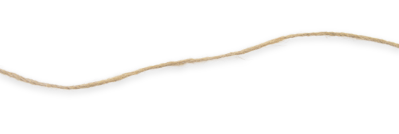The Shroud of Turin might be the reason people all over the world know the face of Jesus.
Why That’s Important
None of the Gospels describe Jesus’ physical appearance. And yet, his face is instantly recognizable.
How can that be?
Modern image analysis suggests there’s a common source for the way Jesus is constantly depicted—and it could be the Shroud.
Early Christian Art Was Symbolic
The earliest representations of Jesus from the first century consisted of symbols such as a lamb, bread, and fish. (The Greek name for fish is ichtus, which is also the acronym of “Jesus Christ, Son of God the Savior.”)
Later the human figure of a teenager, the good shepherd, the physician, teacher, and judge were used to depict Jesus in a classical style, typically with short hair and smooth skin like a Roman god.
Then the Style Changed (and Spread)
After Christianity was legalized by the emperor Constantine in 313, visual depictions of Jesus spread rapidly. They share the facial features associated with Jesus today.
These features are remarkably similar to the face on the Shroud.
In 1930, a French scholar named Paul Vignon examined ancient images of Jesus. He identified several details in common:
- Square-cornered U shape between the eyebrows
- Downward-pointing triangle on the bridge of the nose
- Raised right eyebrow
- Prominent cheekbones
- The right cheek somewhat less accentuated
- Enlarged left nostril
- Accent line below the nose
- Gap in the beard below the lower lip
- Shorter hair on one side of the head
According to modern image analysis, these widespread similarities aren’t a coincidence. There must have been a common source.
That source could be the Shroud.
Takeaway
Could it be that the face we associate with Jesus—the face depicted in centuries of Christian art—is based on the Shroud of Turin?




